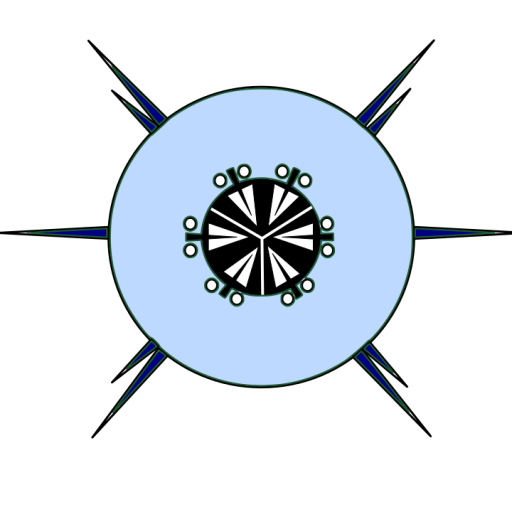The simplest method for separating meiofauna from the substrate in fixed samples, is decantation. Place the sample in a large container (the size obviously depends on the size of your sample, though 10-20 times the sample volume is a good guide). Fill the container with water (if you are using tap water or seawater remember to filter the water first to prevent sample contamination with plankton or nematodes living in your tap-water supply!). Place a top on the container and vigorously shake it for 15-20 seconds, wait a few seconds for the substrate to settle and then pour the supernatant through a 45 μm sieve. Repeat the process at least 5 times to ensure that the vast majority of the fauna has been removed. The contents of the sieve is then washed into a petri dish for examination under a stereo-microscope. At the start of a new investigation it is good practice to test the efficiency of your extraction process. The size of sieves used varies from research group to research group, I use a 45 μm sieve. I rarely use a larger sieve to set the upper size limit of the fauna examined. On exposed sandy beaches, here in Chile at least, the macrofauna is species poor and easily picked out of the petri dish, using a top sieve merely provides a potential for specimen loss. The efficiency of decantation decreases as the grain size of the sediment decreases and the difference in density between the fauna and the sediment decreases. When you start to get a lot of sediment in the sieve it time to start looking into using another method such as Ludox. If you are extracting fauna from complex algae then you should check the algae that remains in the container under the stereo-microscope for fauna that is still attached to the algal thalli, you should also use a top sieve to prevent the lower sieve from filling up with algal fragments.
